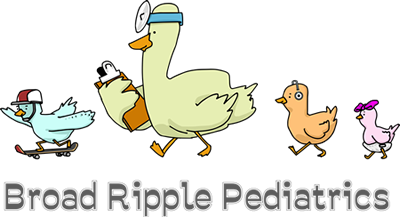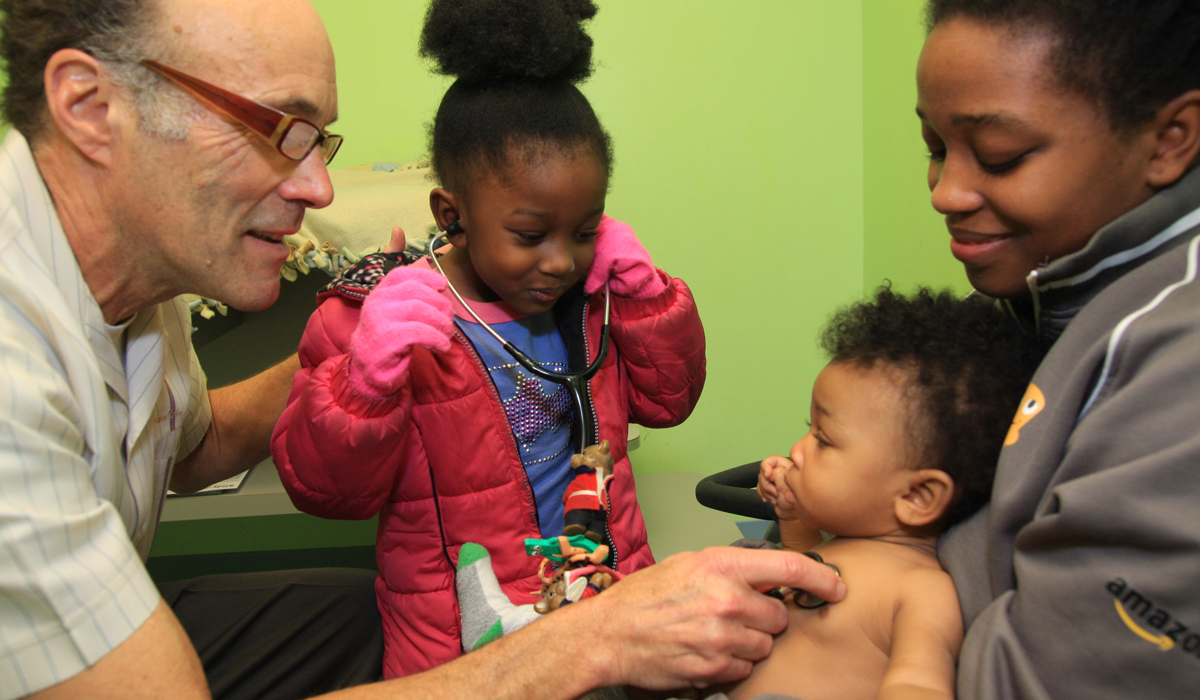Helpful Childcare Links
- Click here for our downloadable newborn booklet
- HealthyChildren.org from the American Academy of Pediatrics
- Health and Safety Tips from the American Academy of Pediatrics
- Complete information about vaccines from the US Centers for Disease Control.
Congratulations!
Congratulations on your new baby! Becoming a parent for the first time is truly a joyous occasion, but can also cause feelings of anxiety about this new responsibility. You may realize that you have had more training to learn to drive a car than in being a mother or a father.
Don’t be concerned. Our downloadable Baby Book provides some guidelines to assist us in providing the best possible care for your baby.
Much of your baby’s needs are supplied in the form of tender loving care. If you become concerned about a particular problem, let me know. Most problems, however, have a way of taking care of themselves. You and I will work together as a “team” to provide the care necessary for a happy and healthy childhood. My goal is to make every parent as “smart” as possible about their new baby.
Many topics in pediatrics, such as breast feeding, weaning, introduction of solid foods, etc. can be adjusted to accommodate individual preferences and lifestyles. I will serve as your advisor and as a source of information to current practices and recommendations of the American Academy of Pediatrics and together we will “tailor-make” a case plan that best fits your expectations and lifestyle. Your baby is a very special person. Don’t feel that he or she should be like any other baby. No two ever are.
Newborn Activity
Newborn babies can breathe, eat, sleep, hear, taste, smell, dirty their diapers, and call you by crying. And believe it or not, that’s about all they can do.
Many parents wonder if the sneezes and coughs mean that he has a cold. Colds are unusual in babies less than one month of age. The coughs and sneezes are natural reflexes to help clear his small breathing passages of normal mucus production.
You’ll notice that when your baby is wrapped in a light blanket, he lies qui- etly, except for his mouth, which is seldom still for more than a few sec- onds. But, when you remove the blanket and his diaper, he moves his body, arms, and legs. As you continue to look your baby over, you may find that his head seems too large for his body, that he hasn’t much of a neck and that his barrel-shaped chest looks huge above his flat belly and small hips. His hands and feet may appear enormous compared to the thin arms and legs to which they are attached and their color may be darker than that of the body. That’s all normal.
Newborn babies often have a rather irregular breathing pattern while sleeping. You may notice his breathing may vary over 10 to 20 seconds from being very shallow and quiet, increasing in intensity to being deep and strong. This is normal.
Crying
All babies cry. They cry more than you expect and more than you think is necessary. Crying is your baby’s way of telling you, “I’m tired, I’m hungry, I want to turn over, I’m thirsty, I’m hot, I’m cold, I want to be held, or I’m bored.” Unfortunately, most of us aren’t always going to know exactly what each cry means. If you are reasonably sure your baby has been fed, doesn’t have a dirty diaper, and is not in pain, then it is perfectly safe to allow him to cry for periods of time. Crying does not harm your baby.
Although most babies sleep over three-fourths of the day, most babies have a time of the day when they are awake and fussy. Periods of excessive crying are not unusual in the first 3 months and these usually occur in the late afternoon or evening. At times crying can be very stressful to a family. Do not be afraid to place your baby in his room and close the door for short periods of time. Also, do not feel that you are spoiling the baby by picking him up each time he cries. I would encour- age picking up the baby whenever he cries. They like to be cuddled.
Soothing A Fussy Baby
You can soothe a crying baby in many ways. Keep in mind that the more relaxed you are, the easier comforting your baby will be.
HOW TO SOOTHE A CRYING BABY
- First check that his most pressing needs are cared for.
- If he is hungry, feed him.
- If his diaper is wet or soiled, change the diaper.
- If the cry has a shrieking or panicked quality to it, maybe a piece of clothing or something else is making him uncomfortable. Or a strand of hair could be caught on his toe or finger.
- Rock him, in either a chair or your arms as you sway from side to side.
- Stroke his head gently, or pat his back or chest.
- Sing or talk softly to him.
- Play him soft music.
- Walk him in your arms, a stroller, or a carriage.
- Take him for a car ride. (Be sure to properly secure him in his car safety seat.)
- Turn on a calming sound. Sounds that remind babies of being inside the womb may be calming, such as noise produced from a white noise device, the humming sound of a fan, or the recording of a heartbeat.
- Burp him to relieve any trapped gas babbles.
- Give him a warm bath. (Most babies like this, but not all do.)
NOTE: If you have tried to calm your crying baby but nothing seems to work, you may need to take a moment for yourself. Crying can be tough to handle, especially if you’re physically tired and mentally exhausted. It is normal to feel upset, frustrated, or even angry, but it is important to keep your behavior under control. For more information about how to cope with crying, visit HealthyChildren.org and enter “crying” in the search box.
SWADDLING
Swaddling (being snuggly wrapped in a light blanket) not only keeps newborns warm, but through the slight pressure around the body, seems to soothe most babies and provide a sense of security.
HOW TO SWADDLE A BABY
- Spread the blanket out flat with one corner folded down.
- Lay your baby face up on the blanket with his head above the folded corner.
- Straighten your baby’s left arm alongside his body. Wrap the left corner of the blanket over your baby’s left arm and body, and tuck it between his right arm and the right side of his body.
- Tuck the right arm down, and fold the right corner of the blanket over your baby’s body and under his left side.
- Fold or twist the bottom of the blanket loosely, and tuck it under one side of your baby.
- Make sure your baby’s hips can move and that the blanket is not too tight. You want to be able to get a least 2 or 3 fingers between the baby’s chest and the swaddled blanket.
Be thoughtful about how tight you swaddle. Straightening and tightly wrapping a baby’s legs can lead to hip dislocation or hip dysplasia. Practice “hip-healthy swaddling,” as it allows the baby’s legs to bend up and out.
NOTE: If you swaddle your baby for bed, be sure to place him on his back to sleep, and monitor him to make sure he hasn’t’ rolled onto his stomach. Stop swaddling your baby at bedtime when he starts to roll. For more information, visit HealthyChildren.org/swaddling.
WALK AND TALK
If you need a change of scenery, bundle up and go for a walk. The fresh air will feel good as you help your baby experience the great outdoors. Whether your baby is in a carrier or stroller, talk with your baby about all the things you see, hear, and touch. Babies are born learning, and the amount of language they are exposed to in the earliest months and years has everything to do with how they develop and succeed.

